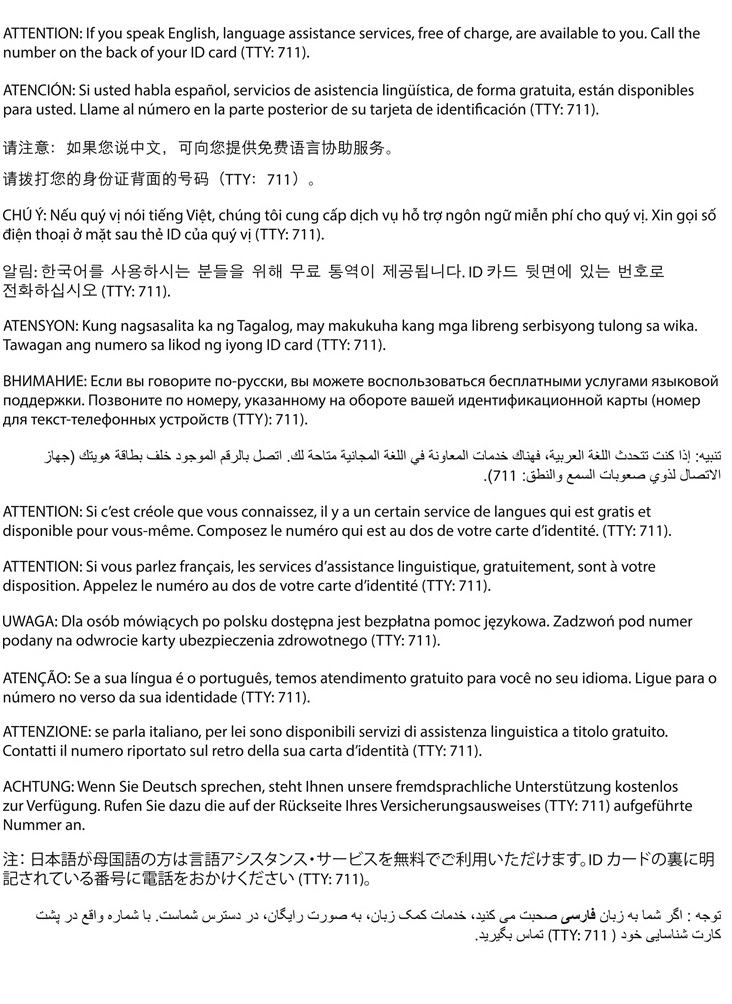The National Comprehensive Cancer Network (NCCN) 2016 Clinical Practice Guidelines for Breast Cancer state that:
- “The NCCN Panel members acknowledge that many assays, including PAM50 and MammaPrint, have been clinically validated for prediction of prognosis. However, based on the currently available data, the panel believes that the 21-gene assay has been best-validated for its use as a prognostic test as well as in predicting who is most likely to respond to systemic chemotherapy.”
Evidence-based clinical guidelines from the American Society of Clinical Oncology (ASCO, 2016) state the following:
- “If a patient has ER/PgR-positive, HER2-negative (node-positive or node-negative) breast cancer, the clinician should not use the 70-gene assay (MammaPrint; Agendia, Irvine, CA) to guide decisions on adjuvant systemic chemotherapy. Type: evidence based. Evidence quality: intermediate. Strength of recommendation: moderate.”
- “If a patient has HER2-positive breast cancer, the clinician should not use the 70-gene assay (MammaPrint) to guide decisions on adjuvant systemic therapy. Type: informal consensus. Evidence quality: low. Strength of recommendation: moderate.”
- “If a patient has TN breast cancer, the clinician should not use the 70- gene assay (MammaPrint) to guide decisions on adjuvant systemic therapy. Type: informal consensus. Evidence quality: insufficient. Strength of recommendation: strong.”
European Society of Medical Oncology (ESMO) 2015:
- “Gene expression profiles, such as MammaPrint (Agendia, Amsterdam, the Netherlands), Oncotype DX Recurrence Score (Genomic Health, Redwood City, CA), Prosigna (Nanostring Technologies, Seattle, WA) and EndoPredict (Myriad Genetics), may be used to gain additional prognostic and/or predictive information to complement pathology assessment and to predict the benefit of adjuvant chemotherapy. The three latter tests are designed for patients with ER-positive early breast cancer only.”
- “In cases of uncertainty regarding indications for adjuvant chemotherapy (after consideration of other tests), gene expression assays, such as MammaPrint, Oncotype DX, Prosigna and Endopredict, may be used, were available.”
- “In cases when decisions might be challenging, such as luminal B HER2- negative and node-negative breast cancer, commercially available molecular signatures for ER-positive breast cancer, such as Oncotype DX, EndoPredict, Prosigna, and for all types of breast cancer (pN0–1), such as MammaPrint and Genomic Grade Index, may be used in conjunction with all clinicopathological factors, to help in treatment decision making.”
St. Gallen International Expert Consensus (2015):
- “The Panel considered the role of multi-parameter molecular marker assays for prognosis separately in years 1-5 and beyond 5 years, and their value in selecting patients who require chemotherapy. Oncotype DX®, MammaPrint®, PAM-50 ROR® score, EndoPredict® and the Breast Cancer Index® were all considered usefully prognostic for years 1-5. Beyond 5 years, the Panel was divided almost equally on the prognostic value of Oncotype DX (despite the available data from NSABP Trial B-14); EndoPredict® (despite the report of Dubsky et al; and Breast Cancer Index (despite the report of Zhang et al. (All these reports show the respective tests to be prognostic beyond 5 years.) PAM50 ROR® score was agreed to be clearly prognostic beyond 5 years, and a clear majority rejected the prognostic value of MammaPrint® in this time period.
The Evaluation of Genomic Applications in Practice and Prevention (EGAPP, 2009) Working Group reviewed the evidence for MammaPrint and concludes:
- "It is unclear what population of patients would derive benefit from use of the test, and what the magnitude of that benefit would be. Prospective data from trials like MINDACT will be extremely valuable."
- "Overall, published evidence supports MammaPrint as a better predictor of the risk of distant recurrence than traditionally used tumor characteristics or algorithms, but its performance in therapeutically homogeneous populations is not yet known with precision, and it is unclear for how many women the lowest predicted risks are low enough to forgo chemotherapy."
- "No evidence is available to permit conclusions regarding the clinical utility of MammaPrint to select women who will benefit from chemotherapy."
- "To conclude, the literature on the 70-gene signature includes numerous studies that focused more on its biological underpinning and less on the clinical implications of this gene expression profile, although it has now received FDA approval for clinical use."
The US Food and Drug Administration (FDA) cleared Mammaprint for clinical use on fresh tissue samples in 2007. The FDA cleared Mammaprint for clinical use on FFPE samples in 2015.
While the clinical validity of the test has been established, data regarding the clinical utility of MammaPrint is still emerging.
- Cardoso et al. (2016)17 conducted the MINDACT trial (randomized, phase III trial), evaluating a total of 1550 early-stage breast cancer patients, who were considered at high clinical risk as assessed by a version of the Adjuvant! Online algorithm, and low genomic risk as assessed by the MammaPrint. Chemotherapy was administered in those patients at low clinical and genomic risk, and avoided in those patients at high clinical and genomic risk. (Patients with low clinical risk were not evaluated in the study). The primary goal was to assess whether a 92% survival rate at 5 years of follow up (lower boundary of the 95% CI) was achievable among patients with high-risk clinical features and a low-risk gene-expression profile who did not receive chemotherapy. Results showed that the rate of survival at 5 years of follow-up was nearly 95% (95% CI, 9.25 to 96.2) among those patients who did not receive chemotherapy. Study authors reported similar rates of survival without distant metastasis in a subgroup of patients who had ER+, HER2-, and either node-negative or nodepositive disease. It should be noted that the study was designed to test those patients with high clinical risk with MammaPrint. Patients with low clinical risk were not tested with MammaPrint; however, a subgroup analysis of this population showed that the 5-year recurrence risk may be too high to forego chemotherapy (low clinical risk: hazard ratio [HR], 1.17 vs high clinical risk: HR, 0.78).
- Additional well-designed studies are needed to examine the optimal patient population who could achieve the greatest clinical benefit with MammaPrint testing.
|
